New U.S. Arctic strategy focuses on geopolitical rivalries and climate change
It's been nearly a decade since the previous such national strategy.
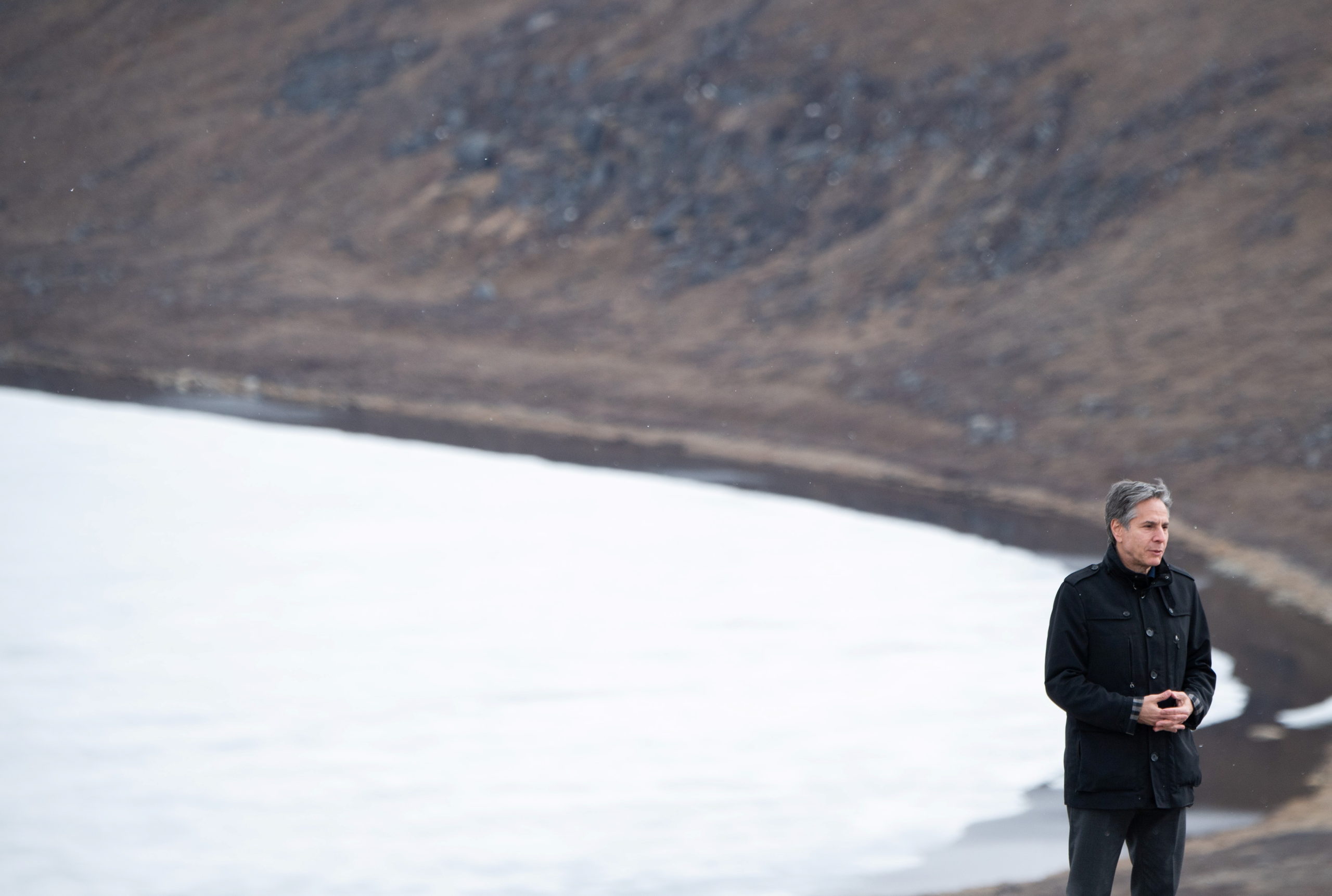
The United States released a new national strategy for the Arctic on Friday, the first in nearly a decade devoted to the rapidly changing region.
Security in the Arctic, especially with Russia’s aggression against Ukraine, is the top priority, but the U.S. also aims to sharpen its focus on climate change, economic development, and global governance — with a particular emphasis on Indigenous leadership in the Arctic.
The test of the high-level strategy will be in its implementation — and especially in the resources and funding allocated — experts say.
The last strategy was released in 2013, and the past nine years have seen enormous changes in the Arctic. Geopolitics have undergone a seismic shift, following Russia’s annexation of Crimea and invasion of Ukraine, as well as the subsequent application of Sweden and Finland to join NATO. Concerns about China’s interest and involvement in the region have also risen.
Global collaboration has also evolved, too, with the creation of the Arctic Coast Guard Forum and a landmark agreement on fisheries in the Central Arctic Ocean taking effect. The seven nations of the Arctic Council, other than Russia, temporarily halted work and then resumed some collaboration without Russia.
And climate change has become a more pressing concern than ever before, as crises sweep the region: powerful storms, tsunamis, wildfires, thawing permafrost.
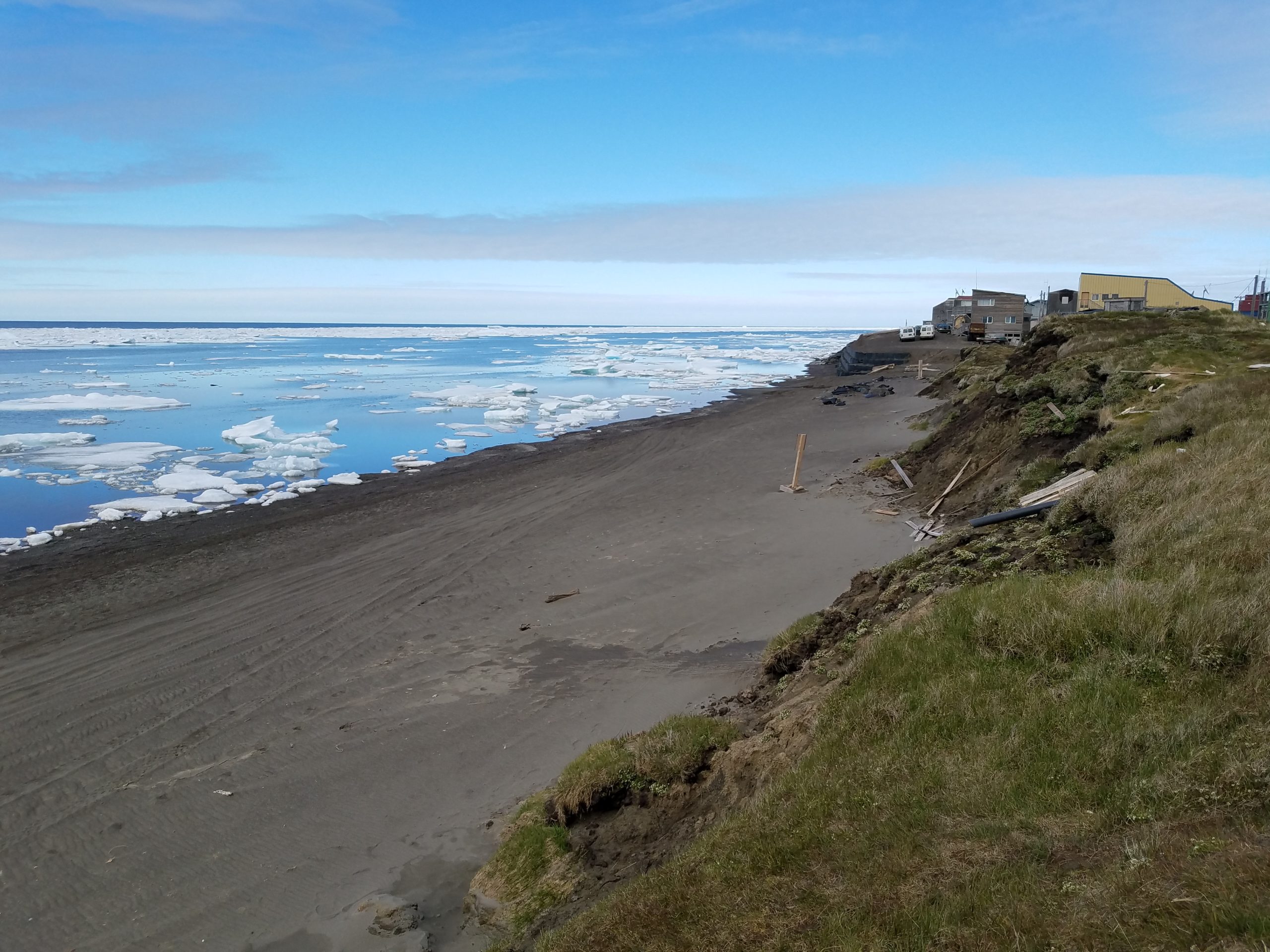
“Obviously, we were all concerned about climate change in the Arctic in 2013, but some of the climate-related disasters that we’ve seen in recent years have shifted the urgency on that issue,” said Rebecca Pincus, director of the Wilson Center’s Polar Institute and a former Arctic and climate strategy advisor in the Office of the Secretary of Defense.
“The level of urgency around Russia, China, and climate have all increased dramatically in the last decade, so it makes sense that this strategy would center [or] foreground those in ways that the 2013 one doesn’t,” said Pincus, who worked on earlier drafts of the strategy.
Arctic policies are “a bit of a strange animal because they mix this foreign policy with domestic priorities,” said Andreas Østhagen, a senior researcher at the Fridtjof Nansen Institute and the High North Center. They’re not exclusively a foreign policy document, but they don’t have a solely domestic focus. That allows them to do “a bit of both,” but that can also mean the specific steps a nation will take aren’t always clear after they release these strategies, he said.
The document’s open-ended and wide-ranging nature means it can adapt over the course of the next decade, said Troy Bouffard, director of the Center for Arctic Security and Resilience and faculty at the University of Alaska Fairbanks. “This new Arctic strategy is basically the opportunity to be able to adapt to anything that may happen in the future, and mostly in a positive way.”
The 10-year strategy gives guidance to U.S. agencies on their own approaches to the Arctic. Several military services have released or updated Arctic strategies in recent years, but the strategies or their implementation plans may need to be updated again in light of these national priorities.
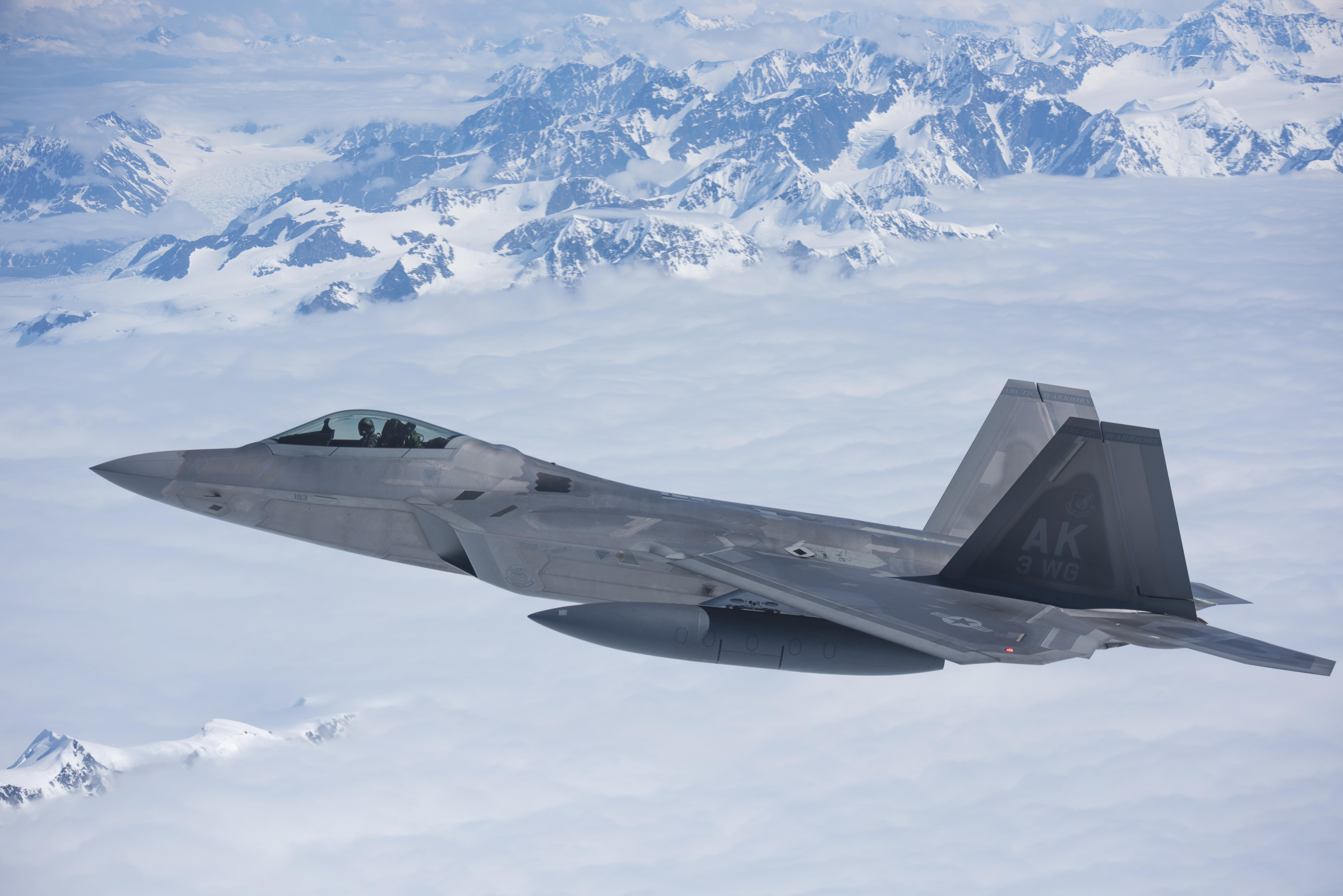
Notably, the Defense Department may need to update its strategy for the Arctic. The most recent guidance was released in 2019, before the recent geopolitical changes and with little reference to climate change or Indigenous leadership.
“Will they do a new one, or will they do something more like an implementation plan?” Pincus asked. “I don’t know. It’ll be interesting to see.”
The recent establishment of the Ted Stevens Center and the Arctic Strategy and Global Resilience Office underscores that the Defense Department is paying more attention to the region.
Investments like these can signal a government’s priorities, Østhagen said. “There’s a difference between a policy document — strategy or policy or whatever you might call it — and actual priorities, i.e., spending, concerns, issues and conflicts.”
Funding is one of the surest signs of priorities. “It’s all about money, right? Politics is always all about money,” he said.
“You can say you want broadband as much as you want, or you can say that you want business development or people to stay in the North, but what are you actually doing?” Østhagen said. The important changes would be initiatives in the North, not just high-level language on priorities. “Is this a shift, or are you just updating the policy to match 2022 and not really doing much with money? That’s always kind of what I’m looking for.”
There’s also a difference between addressing Arctic-specific needs and simply working in the North, he said. A government might build a road or open a new school, but “that’s just part of what the government is doing for its citizens, right?” Østhagen said. “So what makes the Arctic special… Does that mean then that they’re putting extra money aside to target the Arctic specifically?”
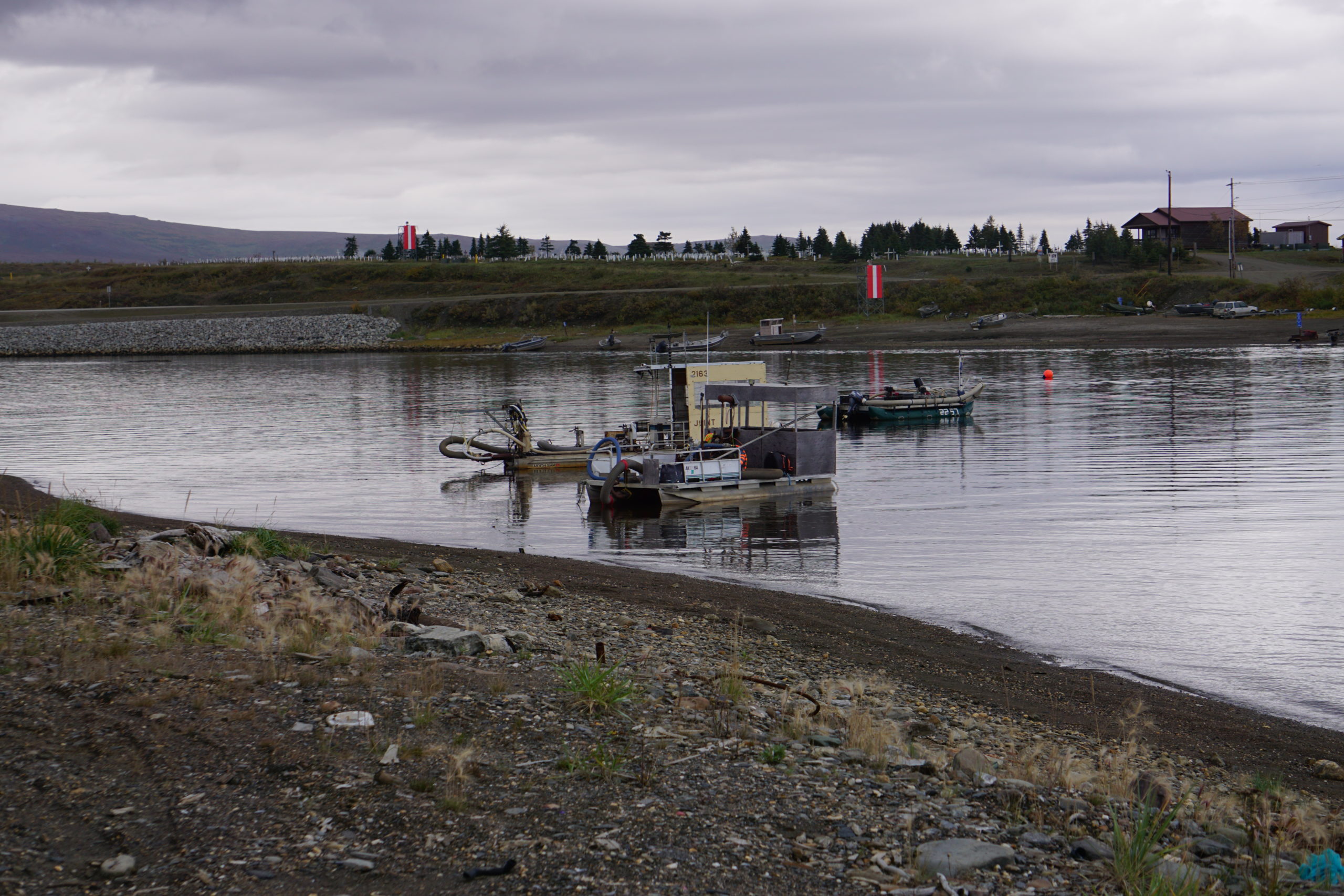
The U.S. commits in the strategy to modernizing NORAD and improving environmental observations, communications, maps, and weather and sea ice forecasts.
It aims to expand the icebreaker fleet to have a “persistent presence in the U.S. Arctic and additional presence as needed in the European Arctic.”
The U.S. also plans to expand its Arctic telecommunications infrastructure, including broadband and 5G in Alaska Native and rural communities, and to construct the deep-draft port in Nome along with smaller ports, airfields, and other infrastructure projects.
Climate change is a key consideration when it comes to protecting the people and the environment of the Arctic, as well as for maintaining and building infrastructure and developing industries in the North, Pincus said.
“Climate changes can no longer be broken apart into an independent issue,” she said. “It’s the context for everything and it’s the backdrop against which our national interests play out.”
Preparing for and responding to the effects of climate change will include reducing emissions from the Arctic, with a focus on the transition away from fossil fuels toward renewable energy.
“When we think about the energy considerations back in 2013, it was very much oil and gas,” Pincus said. “In this new version, you see a widening of the aperture to other resources in the Arctic that are really important.”
As the Arctic opens further to potential economic development from mineral resources, new or expanded fisheries, and tourism, economic development needs to be managed sustainably, protecting Indigenous culture, knowledge, health, and subsistence, the strategy says.
The 2013 strategy vowed to consult and coordinate with Alaska Native communities, but this strategy takes a step further by adding Indigenous co-management — “both to ensure Alaska Native communities are partners in decisions affecting them and also because we recognize that Alaska Native experience and knowledge is essential to the success of this strategy,” the document says.
The “much more sophisticated language regarding partnership with Indigenous communities and Alaska Natives” is significant, Pincus said. Prioritizing co-management and the co-production of knowledge is “a pretty significant evolution” and “a notable shift that reflects the growing awareness of the need for meaningful partnerships with Arctic peoples.”
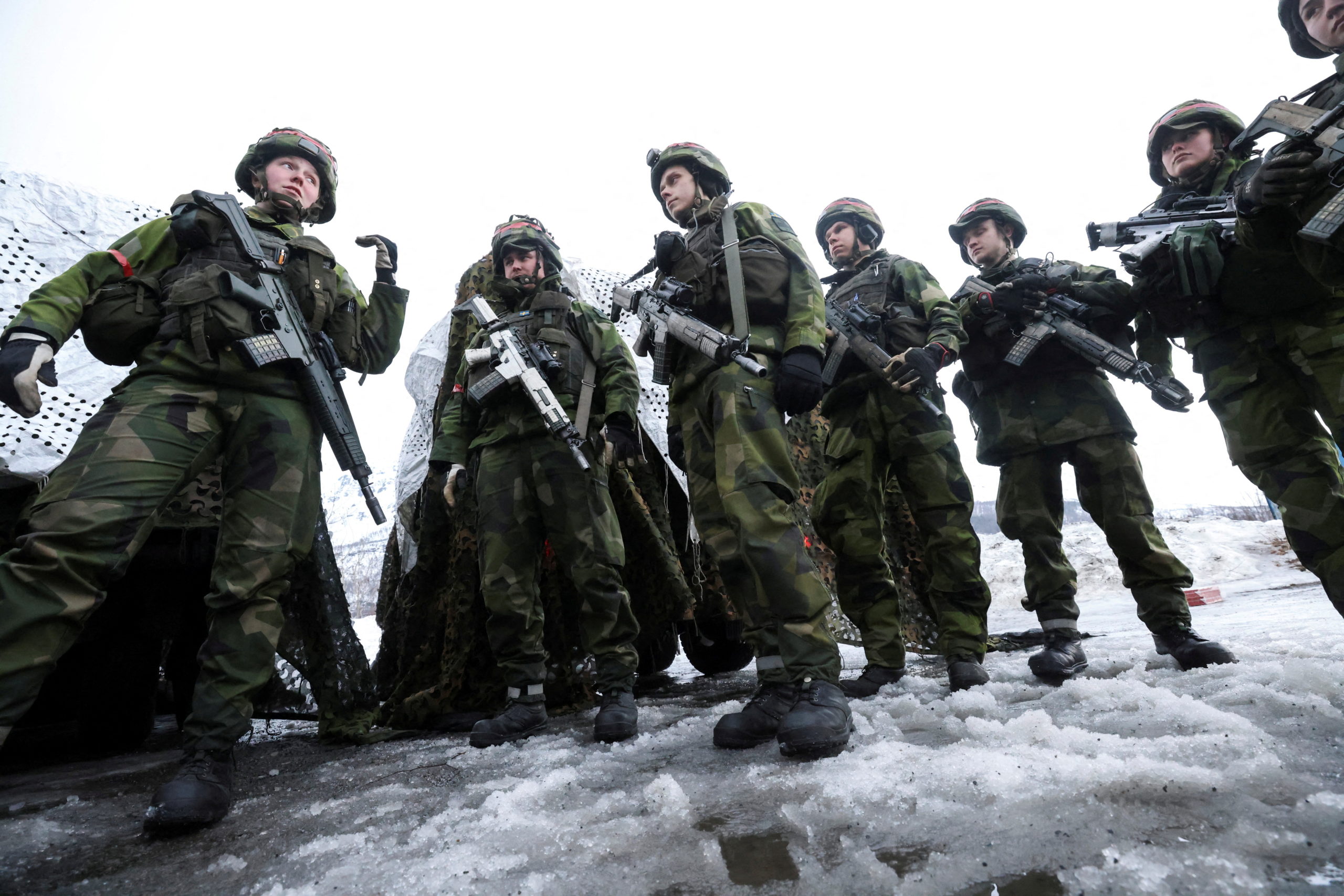
The U.S. will also look to relationships outside its borders.
Once the accession of Sweden and Finland is complete, all Arctic nations except Russia will be in NATO. The U.S. seeks to “manage risks of further militarization or unintended conflict, including those resulting from geopolitical tensions with Russia,” according to the strategy, which highlighted Russia’s growing military capacity in the past decade in addition to tensions outside of the Arctic.
Russia’s invasion of Ukraine has rendered cooperation with the Russian government “virtually impossible,” the document says, but it expresses the hope to resume cooperation to some degree in the coming decade.
China also seeks to become an Arctic player in economy, diplomacy, science, the military, and governance, the strategy notes. In the past 9 years, China has added icebreakers to its fleet and sent exploratory and scientific vessels north.
The Arctic Council, despite its new limitations, remains key amidst the changes in the region.
“The Arctic Council’s really in a state of uncertainty because of how fragmented and fractured things are, but the language I’m seeing in the [national Arctic strategy] seems to be really allowing for opportunities and options in the future to continue Arctic Council work one way or another,” Bouffard said.
“It’s one thing to just say that we’re all friends and allies in the Arctic-7,” he said, referring to the Arctic nations except for Russia. “But more importantly, it’s critical that we… demonstrate this through exercises, through cooperation, through the continued efforts of the Coast Guard and Coast Guard-like agencies” to work on civil security and scientific cooperation efforts.
It is also important to prioritize the leadership of Arctic Indigenous peoples on the council, including the six Indigenous groups who are permanent participants “to have that critical voice and access to regional issues that are especially in danger now,” Bouffard said.
The updated U.S. strategy hits similar notes to other Arctic nations’ strategies — what Pincus described as a “harmony among them” and what Østhagen called “a typical Arctic policy bingo.”
But the shared priorities lay the foundation for more collaboration in the region, they said.
The next challenge will be implementing — and funding — new initiatives in the Arctic.
“I think that’s where you start seeing the rubber meet the road,” Pincus said. “It’s strategic guidance — so what are the actual marching orders?”